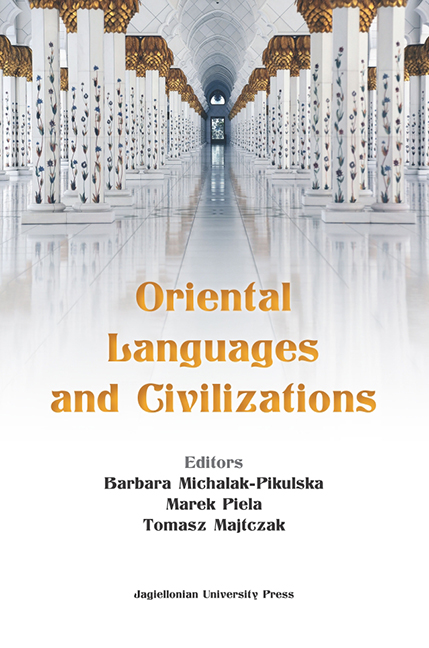New Turkish vocabulary in Sadik Bey Agabeyov’sTurkish grammar (1930)
Published online by Cambridge University Press: 06 November 2021
Summary
Abstract
Turkish grammar writtenin Lvov by an Azerbaijani Orientalist, Sadik BeyAgabeyov, includes abundant Turkish linguisticmaterial which is written mostly in the Arabicscript with a Latin transcription inserted as well.Since Sadik Bey completed his grammar in 1930, thatis two years after the language reform of theTurkish language begun in Turkey, his textbookincludes not only Ottoman Turkish but also modernTurkish vocabulary. The purpose of this paper is tofocus on this very problem.
Keywords: Sadik Bey Agabeyov, Modern Turkishvocabulary
The language reform, which constituted a part of alarge-scale program of the modernization of Turkeysince the moment of the proclamation of the TurkishRepublic in 1923, was based not only on thetransition from the Arabic-derived Ottoman Turkishalphabet to the Latin alphabet, which wastheretofore used by the Turkish language, but themain task of the reform was generally to modernizethe language by various means, among others things,by replacing the archaic vocabulary of Arabic andPersian origin by new, modern words, best of all, bywords of Turkish origin (Heyd, 1954, pp. 19–20;Lewis, 1972, pp. 329–332).
The evidence of such a process which appeared in thecorpus of the Turkish language may be discerned in aunique manuscript grammar of the Turkish languagewritten by an Azerbaijani Orientalist – Sadik BeyAgabeyov. He completed his grammar in 1930, thusalmost two years after the introduction of the firsttask of the Turkish reform which was supposed tochange the alphabet.
Sadik Bey Agabeyov (1865–1944) is known in varioushistorical sources as an Azerbaijani politician andofficer serving in the Russian army who completedhis military career in the rank of general. But hewas also a scholar, an Orientalist, the author ofseveral works devoted to several Oriental languages,such as Turkmen, Arabic, Persian and also Turkish.From 1927 to 1942 Sadik Bey was employed at thefaculty of the Humanities of the Jan KazimierzUniversity in Lvov as an instructor of Orientallanguages.
- Type
- Chapter
- Information
- Oriental Languages and Civilizations , pp. 191 - 200Publisher: Jagiellonian University PressPrint publication year: 2022



